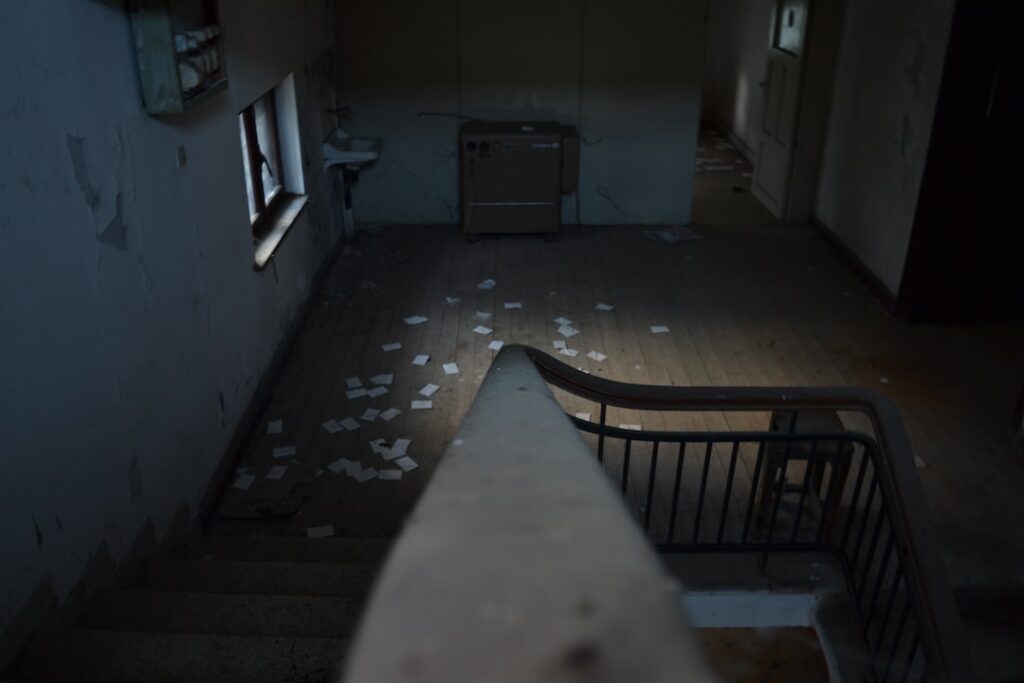1. What You’ll Need for Texturing Walls with Drywall Mud
Texturing walls with drywall mud is a great way to spruce up your walls without having to use wallpaper or paint. Before you start, you’ll need to make sure you have the right tools and supplies to get the job done right.
Tools Needed
- Drywall knife – This is a must-have for any drywall job, and it’s the perfect tool for texturing walls. A drywall knife will help you spread the drywall mud evenly over the wall.
- Putty knife – You’ll need a putty knife to help smooth out the drywall mud after it has been applied.
- Trowel – A trowel is great for creating texture on the walls. You can use it to create a variety of different patterns in the drywall mud.
- Mud mixer – A mud mixer is a great tool for mixing the drywall mud. This will help ensure that the mud is mixed properly and is ready to be applied to the wall.
Supplies Needed
- Drywall mud – This is the most important item on the list. You’ll need to make sure that you buy the right type of drywall mud for the job.
- Tape – Tape is essential for covering up any seams or gaps in the wall. This will help ensure that the drywall mud is applied evenly.
- Drop cloths – Drop cloths are great for protecting the floor from any splatters or spills.
- Sandpaper – You’ll need sandpaper to help smooth out the drywall mud after it has been applied.
Texturing walls with drywall mud is an easy way to update the look of your walls without having to do a complete renovation. With the right tools and supplies, you can create beautiful, unique textures that will add character to any room. Make sure you have all the necessary tools and supplies before you start your project so that you can get the best results.
2. Step-by-Step Guide to Texturing Walls with Drywall Mud
Texturing walls with drywall mud is a great way to add depth and dimension to a wall, and it’s a surprisingly easy project for anyone with basic DIY skills. This step-by-step guide will show you how to do it yourself in a few simple steps.
Step 1: Prep the Wall
Before you can start texturing your wall, you’ll need to prepare it. Start by sanding the wall with a medium-grit sandpaper to remove any existing texture and ensure a smooth surface. Then, wipe the wall down with a damp cloth to remove any dust or debris.
Step 2: Apply the Drywall Mud
Once the wall is prepped, you can start applying the drywall mud. Use a trowel to spread the mud evenly over the wall, creating a thin, even layer. Make sure to cover all areas of the wall, including corners and edges.
Step 3: Add Texture
Once the drywall mud is applied, it’s time to add texture. Use a trowel or a sponge to create your desired texture. If you’re looking for a smooth finish, use the trowel to lightly press the mud and create a uniform texture. For a more rustic look, use a sponge to create a stippled effect.
Step 4: Let it Dry
Once you’re finished texturing the wall, let the drywall mud dry completely. This could take up to 24 hours, depending on the thickness of the mud. Once the mud is completely dry, you can paint the wall to finish the project.
3. Different Techniques for Texturing Walls with Drywall Mud
Drywall mud is a great tool to use for texturing walls and ceilings, and it can be used in a variety of different ways to create unique designs. Here are three of the most popular techniques for texturing walls with drywall mud.
Stippling
Stippling is a popular texturing technique that involves applying the drywall mud with a paint roller and creating a pattern of small, raised dots. This is a great technique for creating a subtle texture on the wall without covering the entire surface.
Skip Trowel
The skip trowel technique involves using a trowel to apply the drywall mud and create a ridged, stippled texture. This is a great technique for achieving a textured look without having to cover the entire wall.
Slap Brush
The slap brush technique involves using a brush to apply the drywall mud and create a textured pattern. This is a great technique for creating a more dramatic texture and can be used to create a variety of different looks.
No matter which technique you choose, it’s important to use the right tools and techniques to achieve the best results. Make sure to practice on a piece of scrap wood or cardboard before attempting to texture a wall with drywall mud.
4. Tips and Tricks for Texturing Walls with Drywall Mud
Drywall mud is an easy and effective way to texture walls. If you’re looking to update the look of a room, you’ll be surprised at how much of a difference a little drywall mud can make. Here are some tips and tricks to help you get started.
Choose the Right Mud
When choosing a drywall mud, it’s important to pick one that’s appropriate for your project. If you’re simply repairing a crack, lightweight mud is a great choice. If you’re looking to add texture, choose a thicker, heavy-bodied mud. You may also want to purchase a drywall primer for added protection and a smoother finish.
Prepare the Wall
Before you apply any mud, it’s important to prepare the wall. You’ll need to make sure the wall is clean and free of any dust, dirt, and debris. If you’re dealing with any existing cracks or holes, you’ll need to patch them up with a mesh drywall tape and some mud.
Apply the Mud
Once the wall is prepped, you can start applying the mud. Depending on the texture you’re looking to achieve, you may want to use a trowel, drywall knife, or paint roller. Start by spreading the mud in small sections, making sure to feather the edges to create a smooth finish. You can also add texture to the mud with a comb or other special tools.
Clean Up
Once you’ve applied the mud, you’ll need to clean up any excess. You can use a damp sponge or cloth to wipe away any excess mud and smooth out any imperfections. Once you’ve finished, you can apply a coat of primer to protect the texture and ensure a long-lasting finish.
5. Troubleshooting Common Issues when Texturing Walls with Drywall Mud
Texturing walls with drywall mud can be a tricky task. But with the right guidance and preparation, you can get beautiful results. Before you start, it’s important to know what issues you may encounter while texturing walls with drywall mud and how to fix them. Here are some common issues and troubleshooting tips:
Wrinkles in the Drywall Mud
Wrinkles in the drywall mud can be caused by a few different things. If you are using too much water when mixing the drywall mud, it will create a slippery texture that can cause wrinkles. If you are using too little water, the drywall mud will be too thick and cause wrinkles. The best way to avoid wrinkles is to make sure you use the right amount of water when mixing the drywall mud.
Uneven Texture
Uneven texture can be caused by using the wrong tools or applying the drywall mud unevenly. Make sure you are using the correct tools and technique when applying the drywall mud. Also, use a trowel or brush to even out the texture before the drywall mud dries.
Blisters in the Drywall Mud
Blisters in the drywall mud can be caused by not letting the first coat dry completely before applying the second coat. It’s important to let the first coat dry completely before applying the second coat. If you don’t, the drywall mud will not adhere properly and cause blisters.
Cracks in the Drywall Mud
Cracks in the drywall mud can be caused by too much movement or vibration while the drywall mud is drying. It’s important to keep the area as still as possible while the drywall mud is drying. If there is too much movement, the drywall mud will crack.


